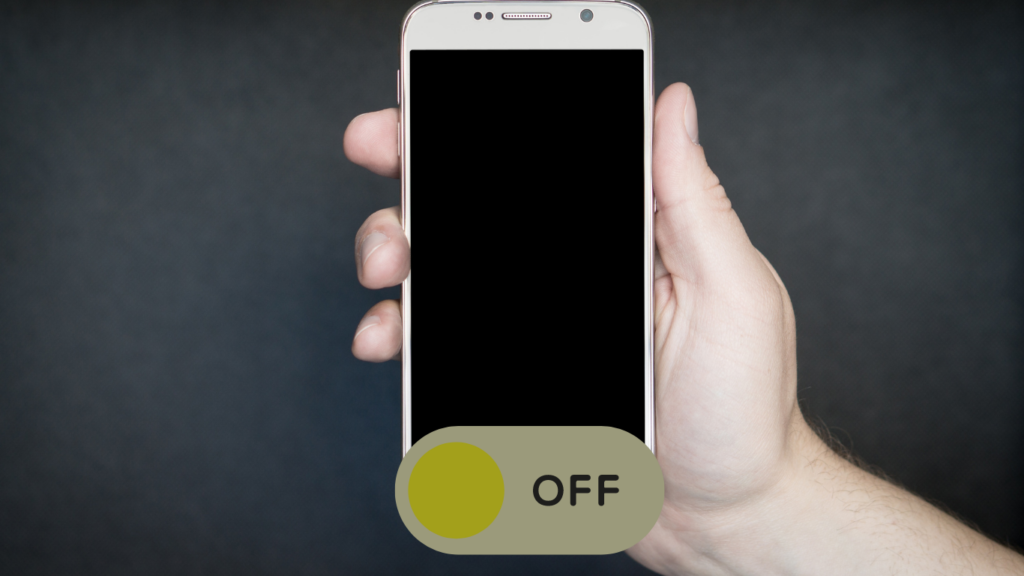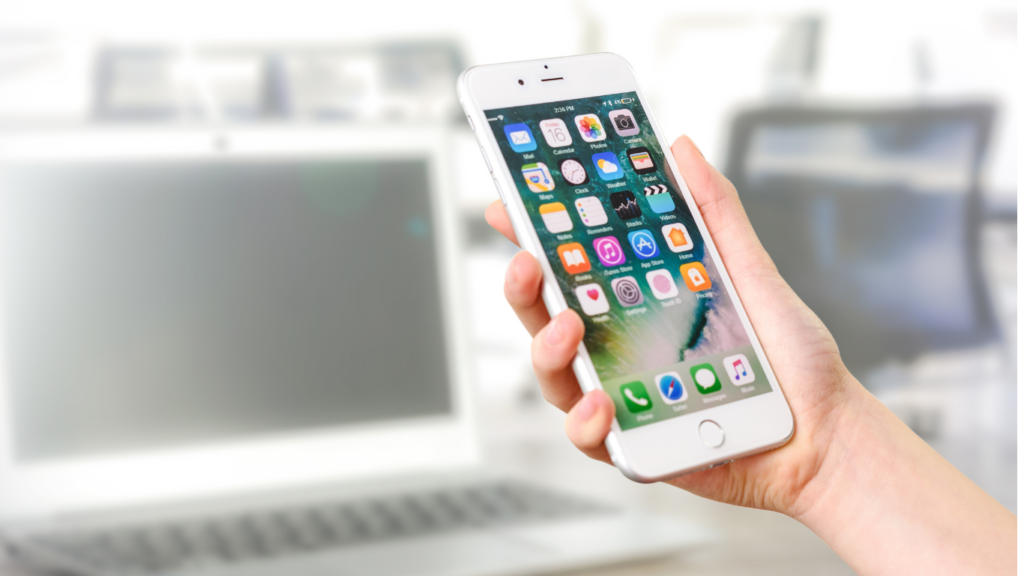Understanding the Concept of Digital Detox
The Urgency for a Screen-Free Existence
In today’s fast-paced digital age, it’s crucial to recognize the urgency of embracing a screen-free existence.
Constant screen time can lead to digital fatigue, increased stress levels, and adversely impact our mental well-being.
By taking a step back from our devices, we can reduce eye strain, improve sleep quality, and foster better in-person relationships.
What Constitutes a Digital Detox?
A digital detox entails consciously disconnecting from electronic devices to create a healthier balance between the virtual and physical worlds.
This practice involves limiting screen time, engaging in offline activities, and being present in the moment without digital distractions.
It encompasses activities like spending time in nature, engaging in face-to-face conversations, and pursuing hobbies that don’t involve screens.
Digital detox is about reclaiming precious moments of real connection and mindfulness in a technology-driven society.
The Benefits of Digital Detox
1. Improved Mental Health
I find that a digital detox significantly improves mental health. Disconnecting from electronic devices allows me to reduce mental clutter, alleviate anxiety, and enhance overall well-being.
Without the constant digital stimulation, I feel more at ease, calmer, and better able to focus on the present moment.
Research suggests that reducing screen time can lead to better sleep quality, reduced symptoms of depression, and increased feelings of happiness.
2. Enhanced Focus and Productivity
During a digital detox, I experience enhanced focus and productivity. By stepping away from screens, I eliminate distractions that often hinder my concentration.
This focused time allows me to engage more deeply in tasks, complete them more efficiently, and achieve better results.
Without the constant notifications and interruptions from digital devices, I find myself fully immersed in my work, leading to higher levels of productivity and creativity.
3. Strengthened Personal Relationships
One of the most significant benefits of a digital detox is the strengthened personal relationships it fosters.
By reducing screen time and being fully present in social interactions:
- I can connect more authentically with others.
- I have deeper conversations with family.
- Engage in meaningful experiences.
- and forge stronger bonds with friends and family.
Detaching from digital distractions enables me to prioritize face-to-face interactions, leading to more fulfilling and deeper personal relationships.
Real-Life Success Stories
Testimonials and Personal Journeys
In my exploration of the impact of digital detox on individuals, I’ve come across numerous compelling testimonials and personal narratives that underscore the transformative power of disconnecting from screens.
These stories resonate with the essence of reclaiming one’s time and attention from the digital realm to invest it more meaningfully in real-life experiences.
One individual shared how after implementing a digital detox routine, they found themselves more present during family gatherings, engaging in heartfelt conversations without the distraction of notifications.
Another recounted how disconnecting from social media enabled them to rediscover their passion for hobbies they had long abandoned, leading to a renewed sense of fulfillment and creativity.
These testimonials serve as poignant reminders of the profound impact a deliberate break from technology can have on our overall well-being and the quality of our relationships.
How Digital Detox Changed Lives
Reflecting on how digital detox has changed lives, it’s evident that the relinquishment of constant connectivity has been nothing short of transformative for many.
With the persistent distractions of digital devices set aside, individuals have reported a newfound sense of tranquility and mental clarity that had been overshadowed by the constant hum of notifications.
By disconnecting from the virtual world, individuals have rediscovered the joy of simple pleasures, such as enjoying nature without the filter of a screen or savoring a meal without feeling the urge to document every bite for social media.
This reconnection with the present moment has led to increased mindfulness and a deeper appreciation for the richness of real-life experiences.
Moreover, the shift from digital overload to intentional moments of disconnection has paved the way for more meaningful connections with others.
By being fully present in face-to-face interactions, individuals have fostered deeper relationships based on genuine engagement and authentic communication.
This shift has not only enhanced personal connections but has also contributed to increased emotional well-being and a sense of belonging in a digitally saturated world.
Creating Your Own Digital Detox Plan

Assessing Your Digital Usage
When considering a digital detox, the first step is assessing your current digital usage.
Take a moment to reflect on how much time you spend on electronic devices each day.
Analyze which apps or websites consume most of your time.
By understanding your digital habits, you can identify areas that need adjustment to achieve a healthier balance between screen time and real-life activities.
Setting Realistic Goals and Boundaries
Setting realistic goals and boundaries is crucial in crafting an effective digital detox plan.
Start by determining what you aim to achieve through this detox—whether it’s reducing screen time, improving focus, or enhancing personal relationships.
Establish clear boundaries, such as designating device-free hours or rooms in your home.
By setting achievable goals and boundaries, you can track your progress and stay motivated throughout the detox process.
Finding Offline Activities to Reclaim Your Time
One key aspect of a successful digital detox is finding offline activities to fill the time previously spent on screens.
Explore hobbies or interests that you have neglected due to excessive screen time.
Engage in activities that promote mindfulness, such as reading a book, going for a nature walk, or practicing yoga.
By replacing digital distractions with fulfilling offline pursuits, you can rediscover the joy of living in the present moment and create a more balanced lifestyle.
Challenges and Overcoming Obstacles
Common Pitfalls and How to Avoid Them
In my experience, one common pitfall when embarking on a digital detox is the temptation to check devices out of habit.
It’s essential to recognize these automatic behaviors and proactively replace them with healthier alternatives.
For instance, instead of reaching for my phone first thing in the morning, I make it a habit to engage in a few minutes of mindful breathing or stretching exercises.
By breaking the cycle of unconscious screen time, I create space for more intentional and fulfilling activities throughout the day.
Staying Committed in a Digitally Dominated World
When it comes to staying committed to a digital detox in today’s digitally dominated world, setting clear boundaries is key.
I find it helpful to establish designated tech-free zones in my home, such as the dining area or bedroom, to limit screen exposure during crucial times.
Additionally, I prioritize face-to-face interactions and plan regular outdoor activities to reduce reliance on digital devices.
By consistently reinforcing these boundaries and engaging in offline experiences, I cultivate a healthier relationship with technology and nurture a more balanced lifestyle.



 Hisako Turner (Author & Senior Political Correspondent)
Hisako Turner is an author and Senior Political Correspondent at The Vital Insight Hub. Known for her deep understanding of global politics and her ability to break down complex issues, Hisako leads the platform’s coverage of international events and political affairs. Her extensive experience in the field and attention to detail ensure that The Vital Insight Hub offers readers well-rounded and thoroughly researched articles.
Hisako Turner (Author & Senior Political Correspondent)
Hisako Turner is an author and Senior Political Correspondent at The Vital Insight Hub. Known for her deep understanding of global politics and her ability to break down complex issues, Hisako leads the platform’s coverage of international events and political affairs. Her extensive experience in the field and attention to detail ensure that The Vital Insight Hub offers readers well-rounded and thoroughly researched articles.
